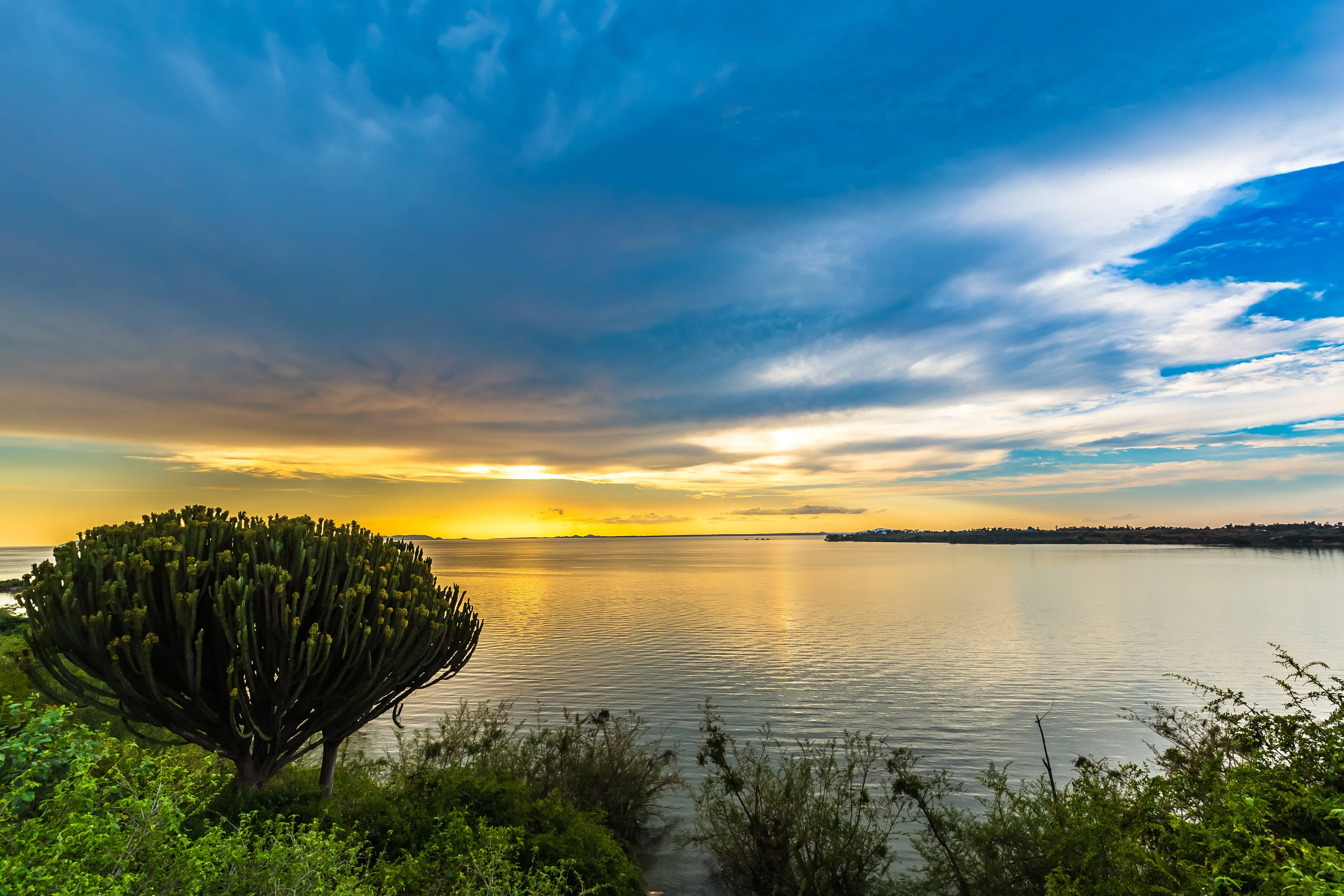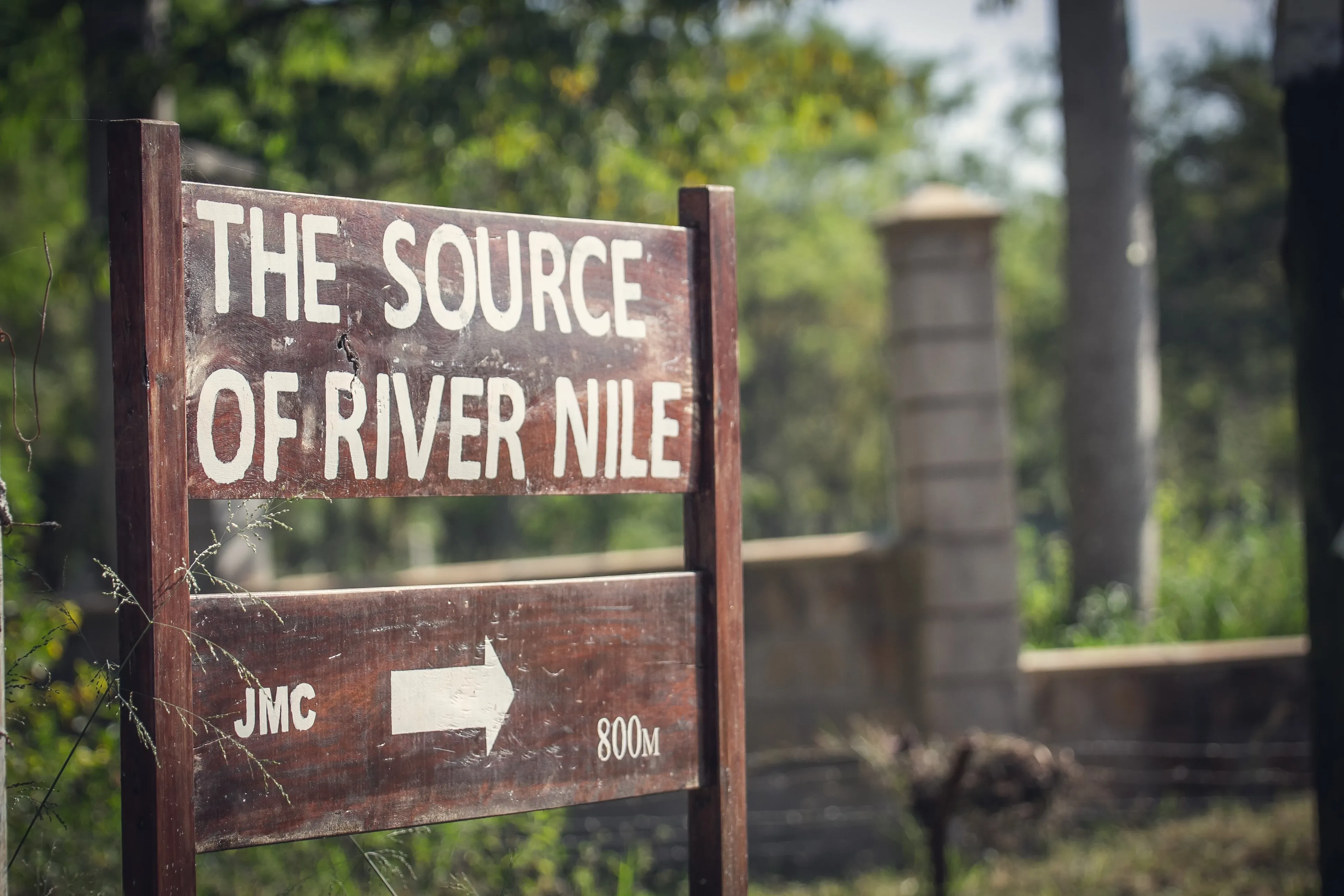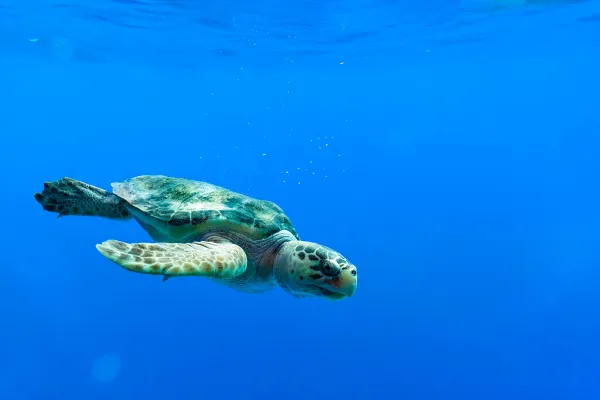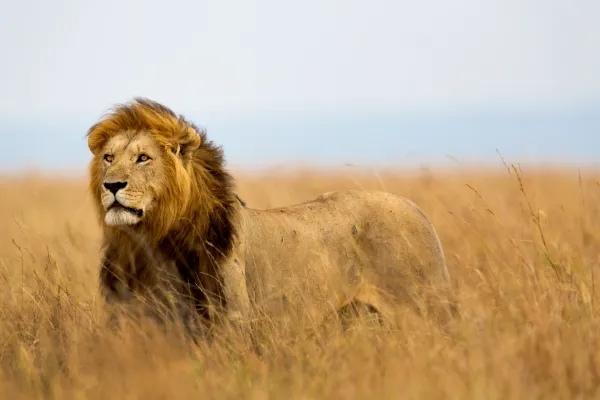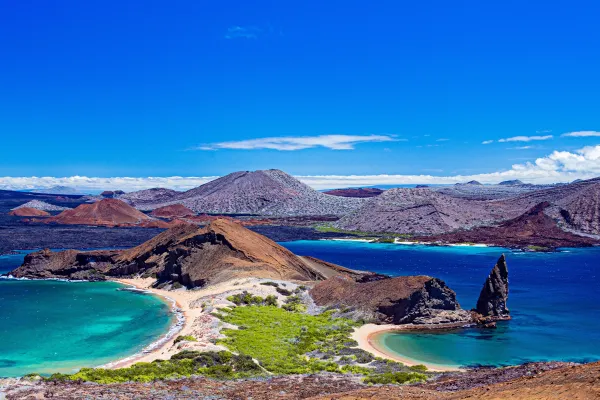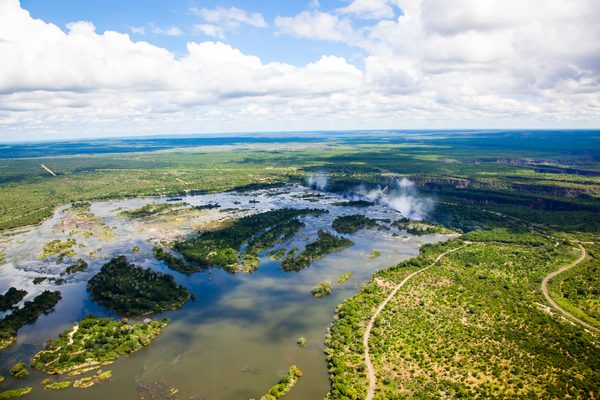The legend of the mountains of the moon
The Nile River is one of Planet Earth’s greatest and famous. And the second largest behind the Amazon. Or is it? There is a lot of mystery and legend behind the Nile and its source, one that has gotten the intention of some of the world’s greatest civilisations. Ptolemy, the ancient Greek geographer, pondered the source and wrote of these fabled mountains, but the interior was too far and remote to access. Rumours of snow-capped mountains beguiled ancients for centuries, and were they indeed the fabled source of the Nile?
Johannes Rebmann and Johann Ludwig Krapf
Enter two German missionaries and explorers, Johannes Rebmann (1820-1876) and Johann Ludwig Krapf (1810-1885) who established a mission station near Mombasa in present day Kenya in the 1844. Rebmann was known as the first European explorer to venture into the interior of Eastern Africa, and the first to lay eyes on the snow-covered caps of Mount Kilimanjaro and Mount Kenya in 1848. These two are freestanding mountains, and are the highest peaks in Africa. Krapf would go on to crossing the Tana River and set European eyes on the Rift Valley for the first recorded time.
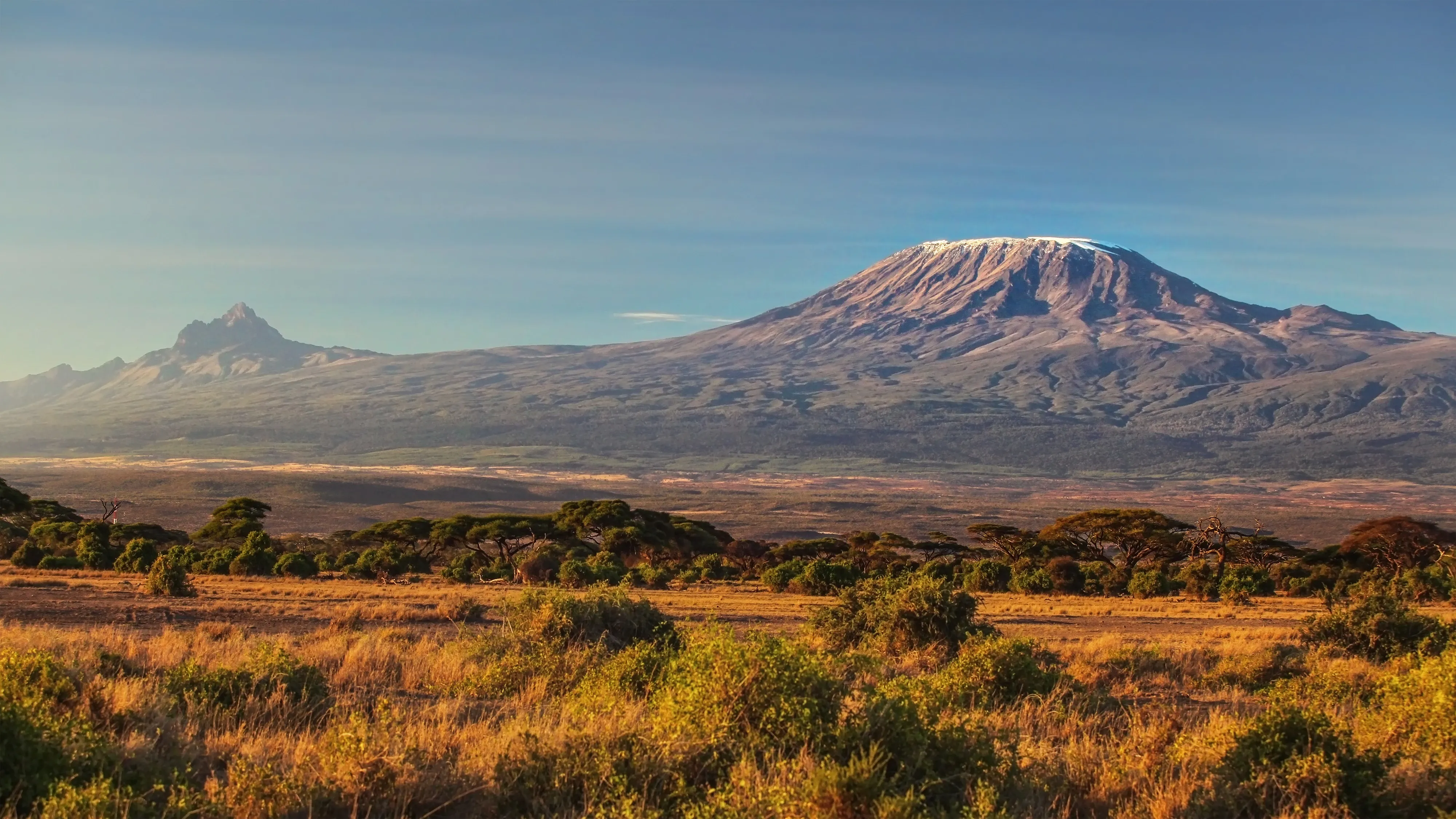
Laying eyes on Mount Kituyi and Kere-Nya
Pressing further west, deeper into the heart of great continent, these intrepid missionaries would sight the expansive mountain range of equatorial Africa. This was the Mountains of the Moon, known locally as “Ruwenzori.” They were the first to record Mount Kituyi and the range known to local people as “Kere-Nya”, from which the name “Ke-nya” would later originate.
Unique Ruwenzori nature
The Ruwenzori range as they are still known today, lies between the border of present-day Uganda and the Democratic Republic of Congo. Established as a World Heritage Site in 2006, due to the unique habitat and wildlife of the mountainsides, the range consists of some well protected zones, such as the Ruwenzori National Park in Uganda, Volcanoes National Park in Rwanda and the Virunga National Park in Congo.
Habitat of the mountain gorilla
The highlight here of course is the critically endangered mountain gorilla, and the Ruwenzoris are the only place in the world in which they occur. It is pretty much ground-zero for the conservation of one of the most iconic mammals on the planet. Political and social turmoil have troubled the region for decades.
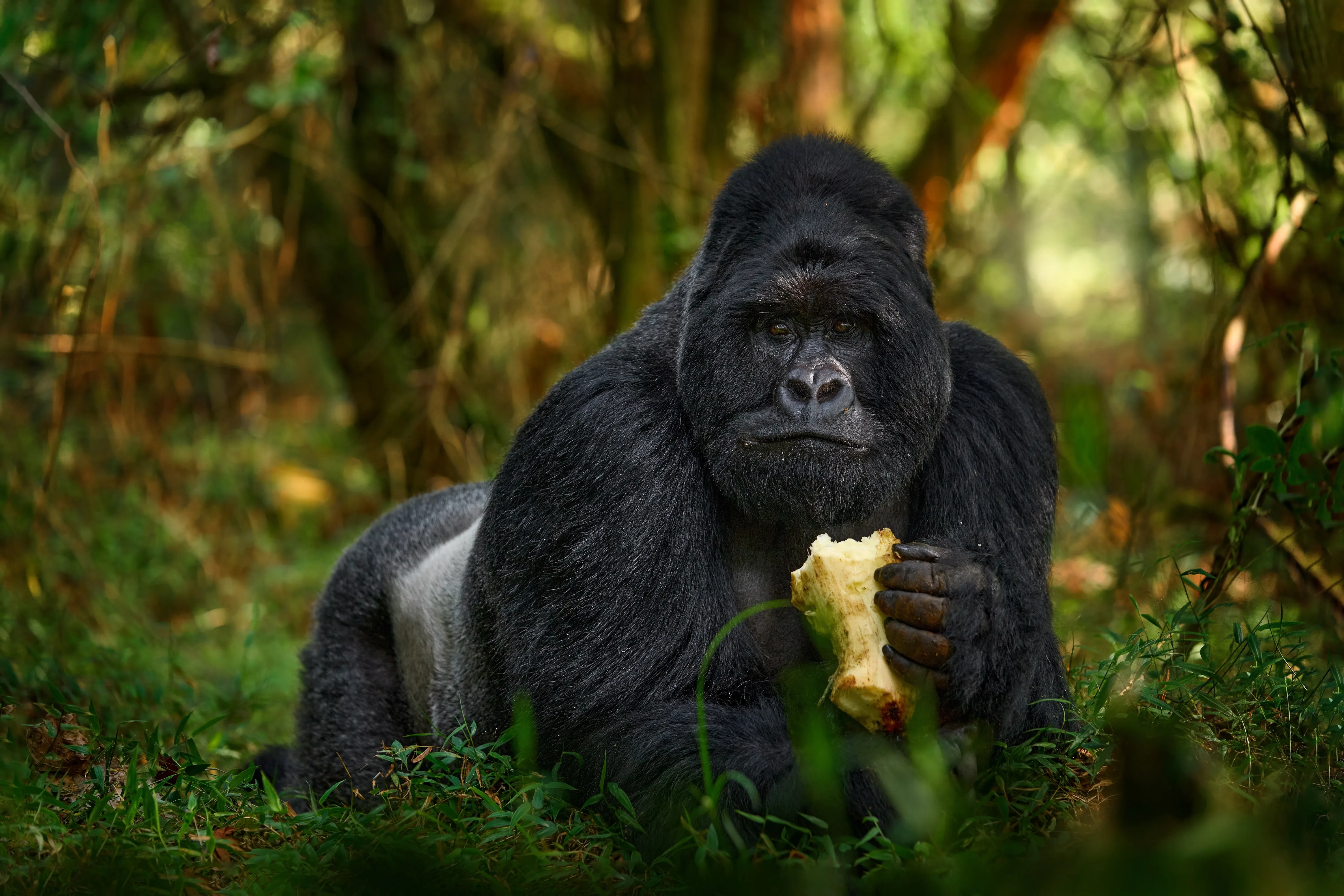
Solving the riddle of the Nile’s source
Back to the trail in 1848.
The first thing the missionaries reported back to Europe was the presence of snow-covered mountains on the equator in Africa! This, understandably if you lived in Europe at the time, was met with suspicion and disdain…how could this be so? Rebmann and Krapf were overlooked and criticised as reputable explorers until a third expedition led by Klaus van Der Decken in the 1860s confirmed their story.
The world sat up and took notice, and an age of Victoria explorers would soon commence. Famous names such as Burton, Speke, Grant, Stanley and even David Livingstone would appear on the landscape in order to solve the riddle of the Nile’s source. Krapf and Rebmann were the unsung pathfinders and their findings of the mountains as well as great lakes of the region create more intrigue than ever before.
Mysterious Great Lake Region of East Africa
The ill-fated Burton and Speke expedition of 1875 would document the great Lakes of Tanganyika and Victoria, but only served to confuse the matter further. Which lake was it? Henry Stanley could not provide praise evidence, and even David Livingstone was incorrect. The great debate raged for generations and brought great focus of attention onto the Great Lake Region of East Africa. With modern exploration and technology, there is some understanding of where the source actually is, and it is a fascinating story in its own right.
The actual source of the Great River
The Great River has two tributaries, the White Nile and the Blue Nile. The Blue originates from the Highlands of Ethiopia, but the White Nile is somewhat more interesting. A series of tributaries in the Ruwenzori Mountains in the country of Burundi is believed to be the start, eventually flowing into Lake Victoria. Water flows from Victoria into Lake Albert, from where the White Nile emerges.
However, to complicate the issue even further, there is an inlet into Lake Albert called the Semeliki River which is responsible for more water than Lake Victoria. Its source is in the DRC. So, it seems as if the riddle of the Nile is still up for debate.
Does Africa have the longest river in the world?
One of the most endearing natural history sagas as well as the length of the Nile itself, is still largely unresolved. Does Africa have the longest river in the world or not? If the Semeliki River system is considered as the source of the Nile, then the river is the longest in the world. The discussion continues…
Sign up for the newsletter
By clicking on “Subscribe now” I will subscribe to the Conscious Explorer newsletter with all the information about mindful travel. Information on the success measurement included in the consent, the use of the shipping service provider MailChimp, logging of the registration and your rights of revocation can be found in our privacy policy.

